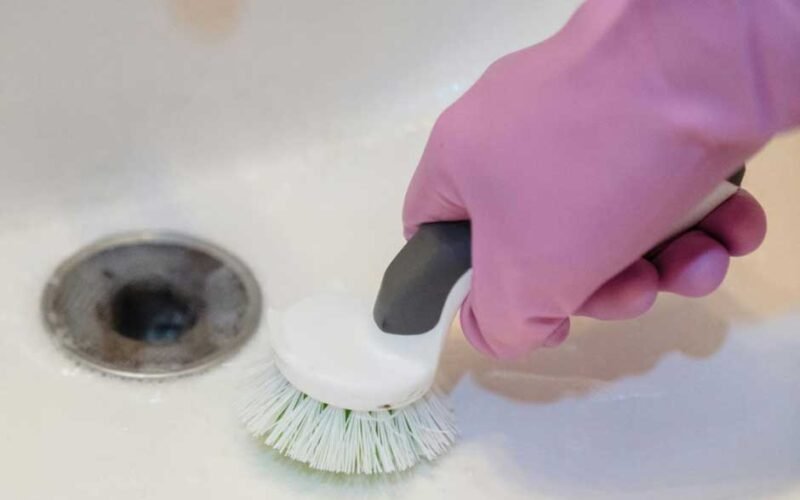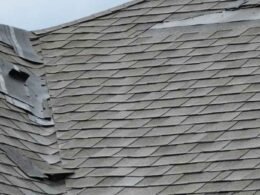Blocked drains rarely start with chaos. They begin with small symptoms: slower drainage, minor smells, or the occasional gurgle. Over time, the obstruction builds until water backs up, creating mess and damage. Repairs cost more when the issue has progressed. Early intervention avoids both expense and inconvenience, advises Peak Property Management experts.
These problems are common in older homes but occur in newer properties too. They often result from a mix of misuse, buildup, or external interference. Knowing what to watch for can prevent emergencies.
Early Warning Signs of a Blocked Drain
| Symptom | What It Suggests |
| Slow-draining water | Blockage forming in pipes, especially if it affects multiple drains |
| Gurgling sounds from drains | Air trapped in the system due to partial blockages |
| Foul smells near fixtures | Organic waste trapped and decaying in the pipes |
| Toilets flushing poorly or slowly | Obstruction in the system or improper flow through main sewer line |
Common Causes of Blocked Drains
Most blockages form gradually from regular household use. Others result from poor disposal habits, environmental interference, or deteriorating infrastructure. Each cause affects different parts of the plumbing system and may require a different approach to resolve.
- Hair and soap buildup: In bathrooms, strands of hair fall into sinks, showers, and tubs. When combined with soap residue, they form sticky tangles that catch other debris. Over time, this reduces pipe diameter and slows drainage. These blockages often form close to the fixture and are common in shared households.
- Food scraps and grease: Kitchen drains handle a range of waste. Grease from cooking solidifies as it cools, sticking to pipe walls. Small food particles cling to the greasy coating and build up layer after layer. Even dishwashing detergent can’t always dissolve this buildup. Eventually, flow is reduced or stopped altogether.
- Foreign objects: Blockages often come from things that should never enter the drain. Items like baby wipes, cotton pads, dental floss, and sanitary products are not water-soluble. In families with young children, small toys or plastic items may also end up flushed. These objects catch easily at pipe bends or junctions, causing a sudden and complete blockage.
- Tree roots: Outside the home, trees are a major concern. Roots naturally grow toward sources of moisture. If a pipe has even a small crack, roots can infiltrate and expand inside it. They act like nets, catching debris and growing until the pipe is fully obstructed. This type of blockage can be severe and often affects the main sewer line.
- Collapsed or shifted pipes: Pipe structure can fail due to ground movement, poor installation, or age. Older clay or concrete pipes are especially vulnerable. When a section shifts or collapses, it creates a low point that traps debris. Water may still pass through initially, but the buildup eventually causes full obstruction.
Spotting the source of a drainage issue early can prevent wider damage and more expensive repairs. Delays lead to higher water pressure inside pipes, trapped waste, and increased wear on fittings and connections. For Sydney residents, getting professional help early is the most practical solution.
Graham & Sons Plumbing offers blocked drains services backed by decades of local experience. Their team uses CCTV inspections, high-pressure water jets, and trenchless repair techniques to clear blockages fast—without tearing up driveways or disrupting your home. Their approach combines fast action with lasting results, making them a reliable choice for drain problems in Sydney.
The Role of Professional Diagnosis
Guesswork doesn’t fix plumbing. Professional plumbers use advanced tools to see inside pipes and confirm the exact cause of a blockage. A common approach is CCTV drain inspection. A small camera is sent into the pipe to provide real-time footage. This helps identify the obstruction’s location and nature without digging or guesswork.
For pressure-related issues, they may conduct a hydrostatic test. This involves sealing the pipe and measuring its ability to hold water without leaks. Some pipes may be cleaned with a high-pressure water jet, which clears out grease, soap, and small roots in one pass.
Professional diagnostics reduce trial and error. That means faster fixes, lower costs, and a smaller chance of recurrence.
How to Prevent Future Blockages
Good habits go a long way. Avoid tipping cooking grease or oil down the sink. Use a container instead, then bin it once cooled. Install hair catchers in showers and clean them regularly.
Flush toilets with paper only—nothing else. Wet wipes, cotton products, and wrappers do not break down quickly and often get stuck. Outside, keep trees trimmed and plant away from pipes if possible.
Have your drains checked once a year if your property is older or you’ve had blockages before. A routine inspection can reveal minor build-up before it becomes a larger problem.
How Can You Stay Ahead of Blocked Drains?
Blocked drains disrupt daily routines and can cause lasting damage. The warning signs show up early if you pay attention—sluggish flow, strange sounds, and unpleasant smells.
Knowing the typical causes helps prevent them. Most issues start with habits: what gets rinsed or flushed, or how trees grow around your property. When in doubt, contact a professional to inspect and clear the drain before the problem worsens.
Act early. It saves time, money, and damage to your home.










